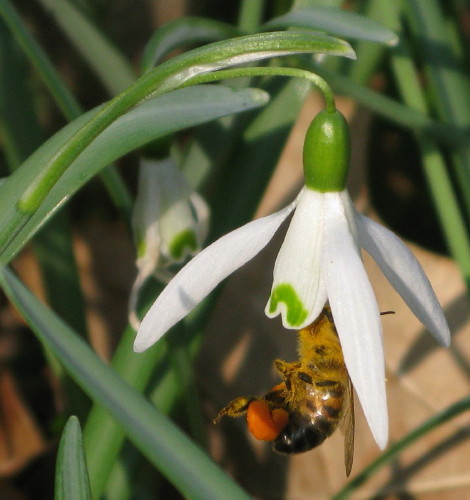
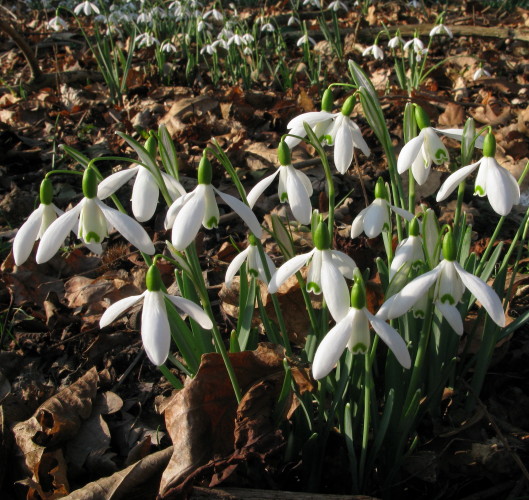
| Snowdrop | Daffodil (Lily) family |
| Galanthus nivalis | Amaryllidaceae (Liliaceae) |
Snowdrops have showy white flowers which form extensive bright carpets, often seen in woods,
churchyards or in grass underneath trees.
One of the best displays of snowdrops can be found at
Anglesey Abbey in Cambridgeshire,
which has a Snowdrop season from mid-January to mid-February.
Most of the snowdrops in the wild were originally garden escapees,
but there are native ones in some parts of Western England,
such as Snowdrop Valley in Exmoor.
It is thought that they were introduced to Britain for pagan and Christian festivals,
as is it the symbolic flower of the feast of Candlemas.
Snowdrops are one of the first flowers of the year, and are named partly from their snow-white colour,
and also because they are often seen while snow is still on the ground.
The white drooping flowers have two rings of three petals:
a longer outer set and a shorter inner ring,
the latter of which have notched petals with green crescent-shaped markings.
 |
|
 |
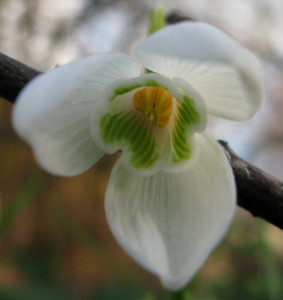 |
|
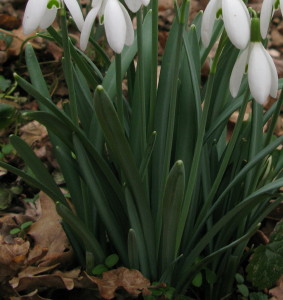 |
|
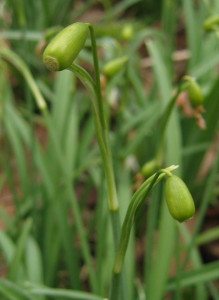 |
| Flower viewed from underneath, showing second ring of petals with green crescent markings |
Greyish-green leaves | Seed pods |
|
Technical Information
Bulbous herb, 15-25cm tall Leaves all basal, grey-green, 4mm wide, keeled Flowers: white, solitary, drooping. Petals in two rings: outer set linear/ovate, 14-17 mm long; inner set about half the length, notched, with green markings near the tips. Flowering time: January-March Habitat: Woods, hedgerows with overhanging branches Distribution: Locally abundant throughout Britain Classification: Snowdrops are sometimes placed in the Lily family (Liliaceae), although many wildflower guides place them in the separate Daffodil family (Amaryllidaceae). |